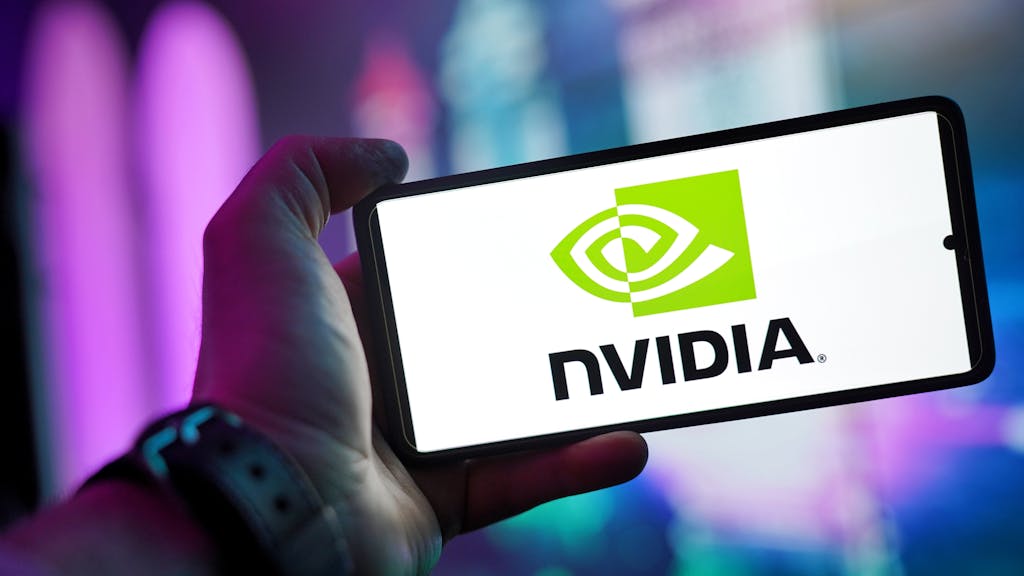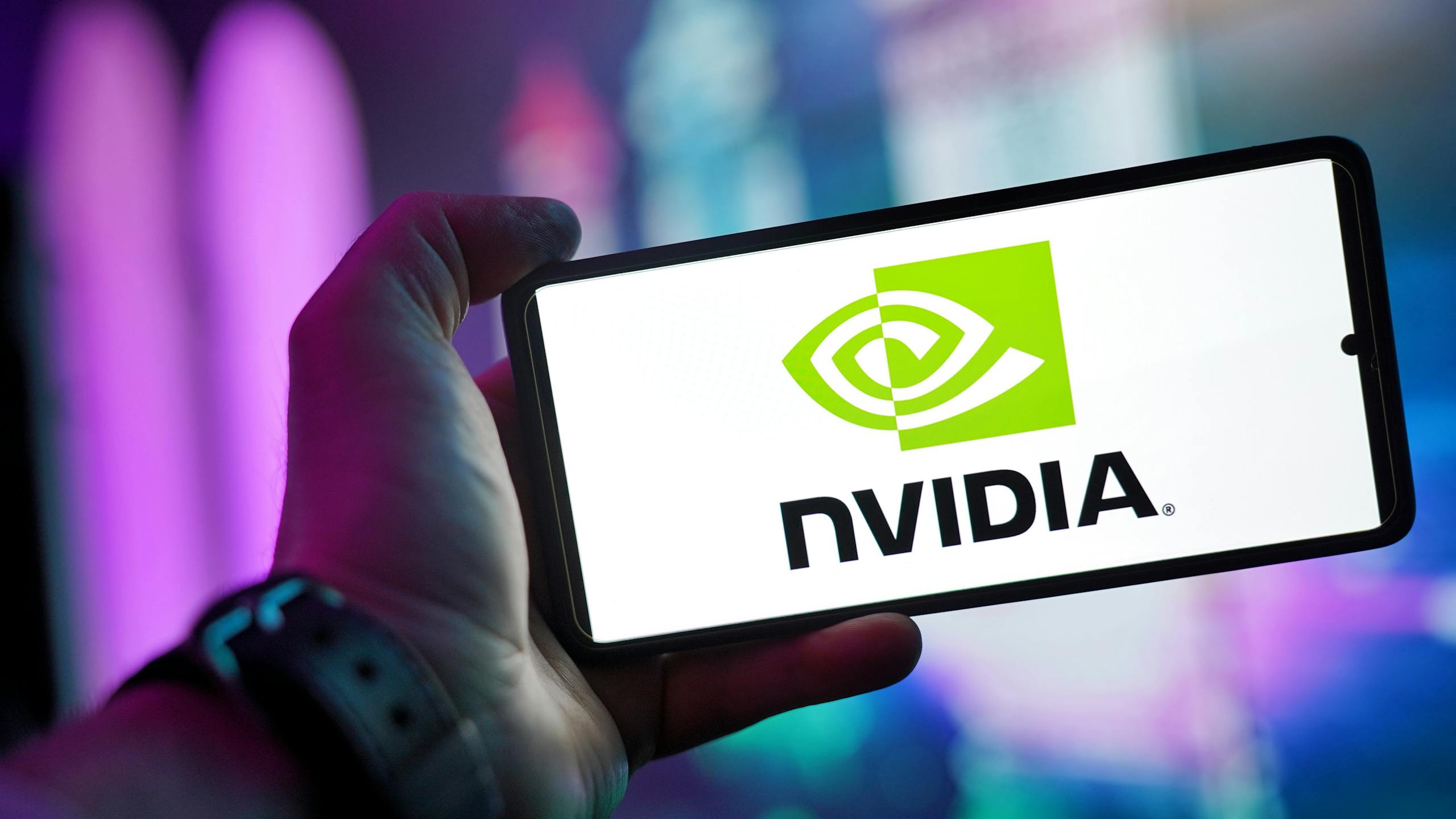Nvidia Smashes Q4 Forecasts With $39 Billion in Revenue—What It Means for Investors

Nvidia has once again proven why it remains the dominant force in AI-driven computing. The company’s Q4 earnings report shattered expectations, pulling in $39.3 billion in revenue—a 78% year-over-year increase—and reinforcing its grip on the global AI chip market. Despite the blowout results, Nvidia’s stock remained relatively flat after-hours, with investors weighing profit margins and potential headwinds from growing competition in the AI space.
So, what does this mean for Nvidia’s future, and should investors be concerned about slowing growth? Let’s break it down.
Breaking Down Nvidia’s Massive Earnings Beat
For the quarter ending in January, Nvidia delivered across-the-board gains:
- Revenue: $39.3 billion (beating estimates of $38.1 billion)
- Net income: $22.1 billion (71% growth year-over-year)
- Adjusted earnings per share: $0.89 (above the expected $0.85)
- Datacenter revenue: $35.6 billion (exceeding forecasts of $33.5 billion)
The datacenter segment—Nvidia’s AI powerhouse—continues to be the company’s main driver of growth, reflecting strong demand for AI processing power.
Why Did Nvidia’s Stock Stall After Crushing Estimates?
Despite the massive revenue and profit gains, Nvidia’s stock saw little movement in after-hours trading. Why?
- Profit Margins Are Under Pressure
- The company’s gross profit margins dipped slightly, with CFO Colette Kress citing higher costs due to a transition to more complex AI systems in their datacenter business.
- AI Market Competition Is Heating Up
- The rise of DeepSeek AI—a Chinese AI model that uses fewer of Nvidia’s expensive GPUs—has raised concerns that demand for Nvidia’s high-end chips could slow.
- Tech Stocks Are Facing Broader Market Volatility
- Uncertainty over President Trump’s economic policies has caused a pullback in high-growth tech stocks, with the Nasdaq down more than 1% in consecutive sessions.
Still, many Wall Street analysts remain bullish, with Bank of America stating this could be the trough in investor sentiment, predicting significant upside potential.
Nvidia’s Market Dominance Remains Unchallenged (For Now)
While investors are cautious, Nvidia’s long-term prospects still look strong:
- 95% projected market share in the $158 billion GPU industry for 2025 (Morgan Stanley estimates).
- Demand remains high for the Blackwell AI system, which CEO Jensen Huang described as “amazing.”
- $72.9 billion in net profit for the year—an 875% increase from just two years ago.
While growth may not be as explosive as it was in 2023-2024, Nvidia is still leading the AI charge, making it a key player in the sector for years to come.
The Bottom Line
Nvidia just delivered another standout earnings report, solidifying its dominance in the AI computing space. While investor concerns about profit margins and competition remain, the company’s market leadership and continued revenue growth suggest it’s still a top player in the AI revolution.
For investors, the key takeaway is that short-term volatility doesn’t change Nvidia’s long-term trajectory. With AI spending expected to keep growing, Nvidia remains one of the most important companies in the market today.







